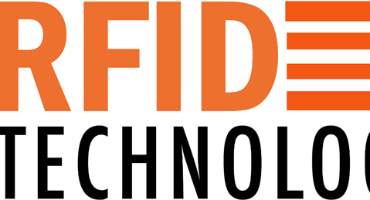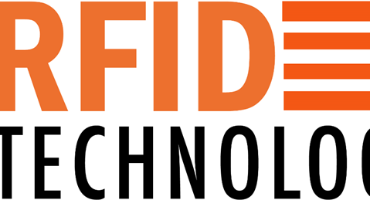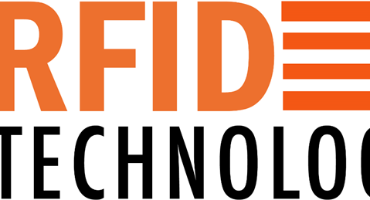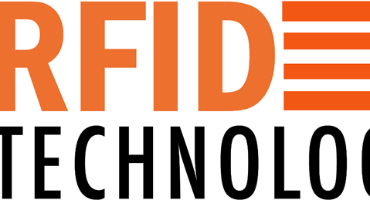RFID (Radio Frequency Identification) technology plays a critical role in identifying, locating, and tracking assets and inventory throughout the supply chain. It uses radio waves to read and capture information stored on tags attached to objects, without needing direct line-of-sight or physical contact.
Here’s a detailed breakdown of how RFID helps in inventory and stock management:
1. Identification of Individual Assets and Items
RFID Tags: Each item or asset is equipped with an RFID tag (either passive, active, or semi-passive).
These tags contain unique identification data, such as SKU numbers, serial numbers, and product information.
RFID Readers: These devices scan the tags to retrieve item data.
Unlike barcodes, RFID readers can read multiple tags simultaneously and without direct visibility.
Benefit: Rapid, hands-free identification of individual items, even in bulk or without unpacking boxes.
2. Real-time Tracking and Location of Assets
Fixed RFID Readers: Installed at key points (e.g., loading docks, warehouse entrances) to automatically scan items as they pass.
Mobile RFID Readers: Handheld devices or forklifts equipped with readers to track item movement across facilities.
Active RFID: Tags with their own power source can transmit signals continuously, allowing real-time tracking of high-value or mobile assets.
Benefit: Real-time visibility of item locations across the warehouse or entire supply chain.
3. Inventory Management and Stock Control
Automatic Data Collection: RFID eliminates the need for manual scanning and reduces human error.
Instant Inventory Counts: Warehouses can perform full stock takes in minutes by walking through aisles with an RFID reader.
Stock Level Monitoring: Systems can trigger alerts when stock is low or mismatches occur between expected and actual counts.
Benefit: Increased inventory accuracy (up to 99%), faster cycle counts, and reduced labor costs.
4. Supply Chain Communication and Integration
Data Sharing Across Systems: RFID data integrates with ERP, WMS (Warehouse Management Systems), and TMS (Transportation Management Systems).
Shipment Verification: Ensures that the correct products are shipped and received, reducing errors and customer complaints.
Chain-of-Custody Tracking: RFID records the movement and handling of goods throughout the supply chain, useful for compliance and traceability.
Benefit: Enhanced coordination and visibility across suppliers, warehouses, logistics providers, and retailers.
5. Anti-theft and Loss Prevention
RFID gates can alert if items leave a facility without authorization.
Helps in detecting misplaced items or unauthorized movements within facilities.
Benefit: Reduced shrinkage, theft, and operational inefficiencies.
Example Use Case in Supply Chain: A pallet of electronics equipped with RFID tags is scanned automatically as it enters a warehouse. The Warehouse Management System (WMS) updates the inventory. As items are picked for orders, handheld readers verify each item instantly. Upon shipment, fixed readers ensure the correct goods leave the dock. Throughout transit, GPS + active RFID monitors their status, and the retailer is alerted when the shipment nears delivery.





